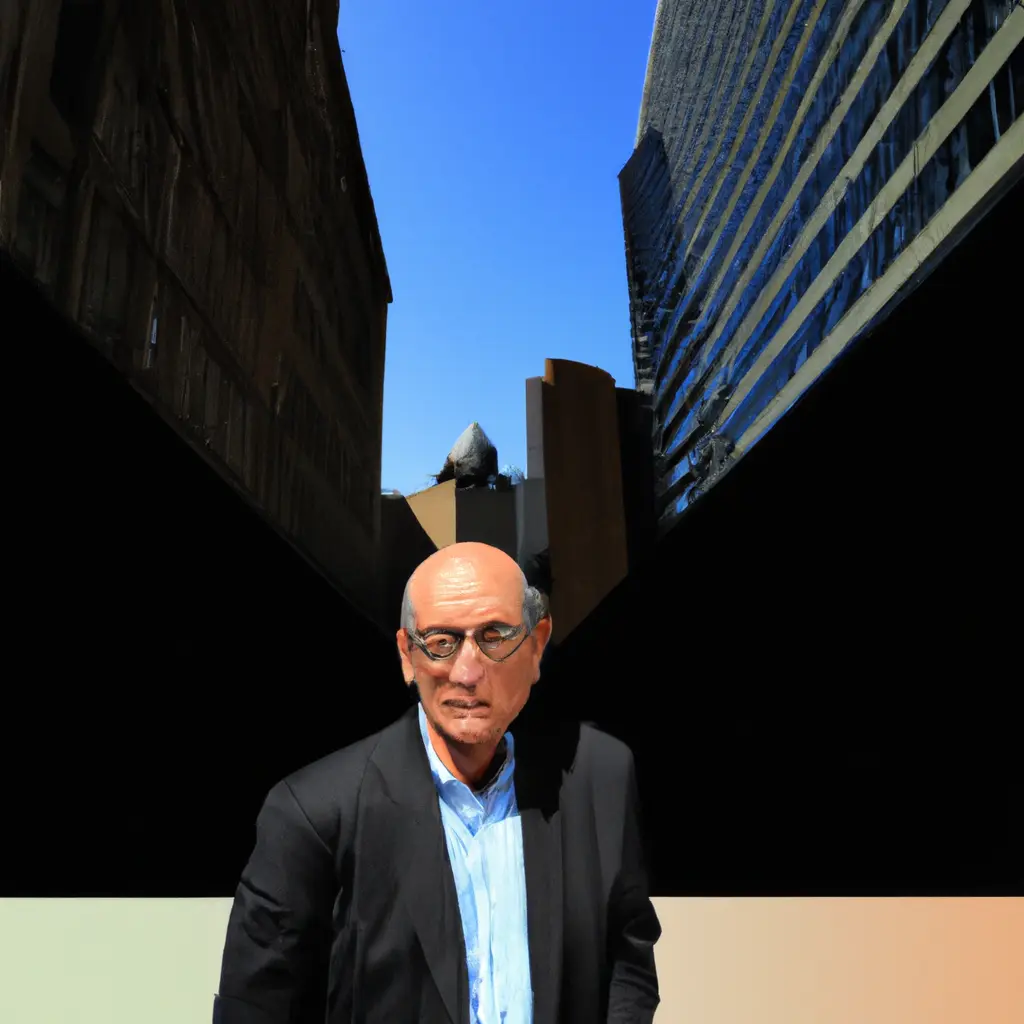Wayne Ratkovich, the developer who saved Los Angeles' famous buildings, has died at 82.


The famed real estatedeveloper Wayne Ratkovich, who saved the Art Deco Wiltern Theater building and several other historic Los Angeles landmarks from demolition, has died at the age of 82, changing the way the city treats its old buildings. The death occurred Sunday at Cedars-Sinai Medical Center in Los Angeles from complications caused by an aortic aneurysm, his family said.
At a time when Los Angeles had little interest in preserving old buildings that had fallen into disrepair and were considered obsolete, Ratkovich was restoring some of the city's most famous architectural masterpieces. Buildings from the late 19th and early 20th centuries were often demolished, including the famous 1929 Richfield Building downtown, considered an Art Deco masterpiece.
In the mid-1980s, "developers and preservationists were almost at war with each other, with developers asserting their rights to the property and preservationists saying, 'This is the heart of our city,'" Ratkovich told The Times.
Over the course of his career, Ratkovich developed a reputation as a real estate developer who could bring forgotten stars back to the forefront. He has restored buildings such as the Fine Arts Building downtown and a complex of buildings in Playa Vista that formerly housed Howard Hughes' aviation empire.
Many of his projects have been financially successful, but some have not paid off. "Construction is similar to well drilling or farming. There are good years and there are not so good years," he said.
Ratkovich was willing to take on properties that other developers considered financially risky and difficult to complete. One such project was the Bloc retail, hotel and office complex in Los Angeles. Ratkovich turned a 1970s-era indoor mall into an outdoor center. Construction problems slowed work and caused the project to far exceed its original $180 million budget, costing more than $250 million before Ratkovich's company sold its stake in the project in 2018. It now houses stores, restaurants and a movie theater.
Ratkovich also transformed the former Howard Hughes Company site in Playa Vista and the former C.F. Campus. Braun Engineering in Alhambra into an office and retail complex.
At the time of his death, Ratkovich and his partners were working on another complex and significant project - West Harbor, a long-awaited waterfront development in San Pedro that had faced years of regulatory and financial hurdles.
West Harbor was planned more than a decade ago when the Port Authority selected Los Angeles-based developers to redevelop the 42-acre Port O' Call site.

Other developers of historic buildings transformed by Ratkovich included the retro 1920s Chapman Market complex in Koreatown and the 5900 Wilshire office tower built in 1969.
Ratkovic was born May 29, 1941, in Los Angeles, he was the youngest of six children of immigrants from Serbia. When he was 10 years old, his father was able to raise enough money to buy five acres of land in Hacienda Heights, and the family moved to a farm where they grew lemons, avocados and raised chickens. Later, the father bought a four-family house and moved the family there. Ratkovich saw property values rise after his father's labors and sacrifices, and it inspired him to invest in real estate.
After graduating from the University of California at Los Angeles in 1963, Ratkovich began his career as a real estate agent. He then worked for five years as an industrial real estate developer before the opportunity to buy the 12-story Oviatt Building came across his desk in 1977. The building, owned by the Archdiocese of Los Angeles, was sold at a low price with the assumption that the new owner would want to demolish it and use the land for a more lucrative parking lot.
Ratkovich decided the building could be profitably restored and chose not to resist the building's status as a designated historic and cultural landmark by the city. The restored Oviatt has become attractive to tenants, including the restaurant Cicada, which is housed in a former men's clothing store on the first floor.
He bought the building for $450,000 and spent about $5 million to restore it before selling it for $13.5 million.
"The experience with Oviatt forever changed my role as a real estate developer," Ratkovich said in 2020. "I was no longer interested in factories and warehouses. I realized that my small company could make a positive difference in the city, and I wanted to keep doing it. "
Ratkovich's volunteer activities included a seat on the board of directors of Homeboy Industries, a gang rehabilitation program founded by Father Gregory Boyle.
Ratkovich leaves behind his wife JoAnn, sonMilan and daughters Anna and Lindsey.
Tags
Comment
Popular Posts
Popular Offers


Subscribe to the newsletter from Hatamatata.com!
Subscribe to the newsletter from Hatamatata.com!
I agree to the processing of personal data and confidentiality rules of Hatamatata










